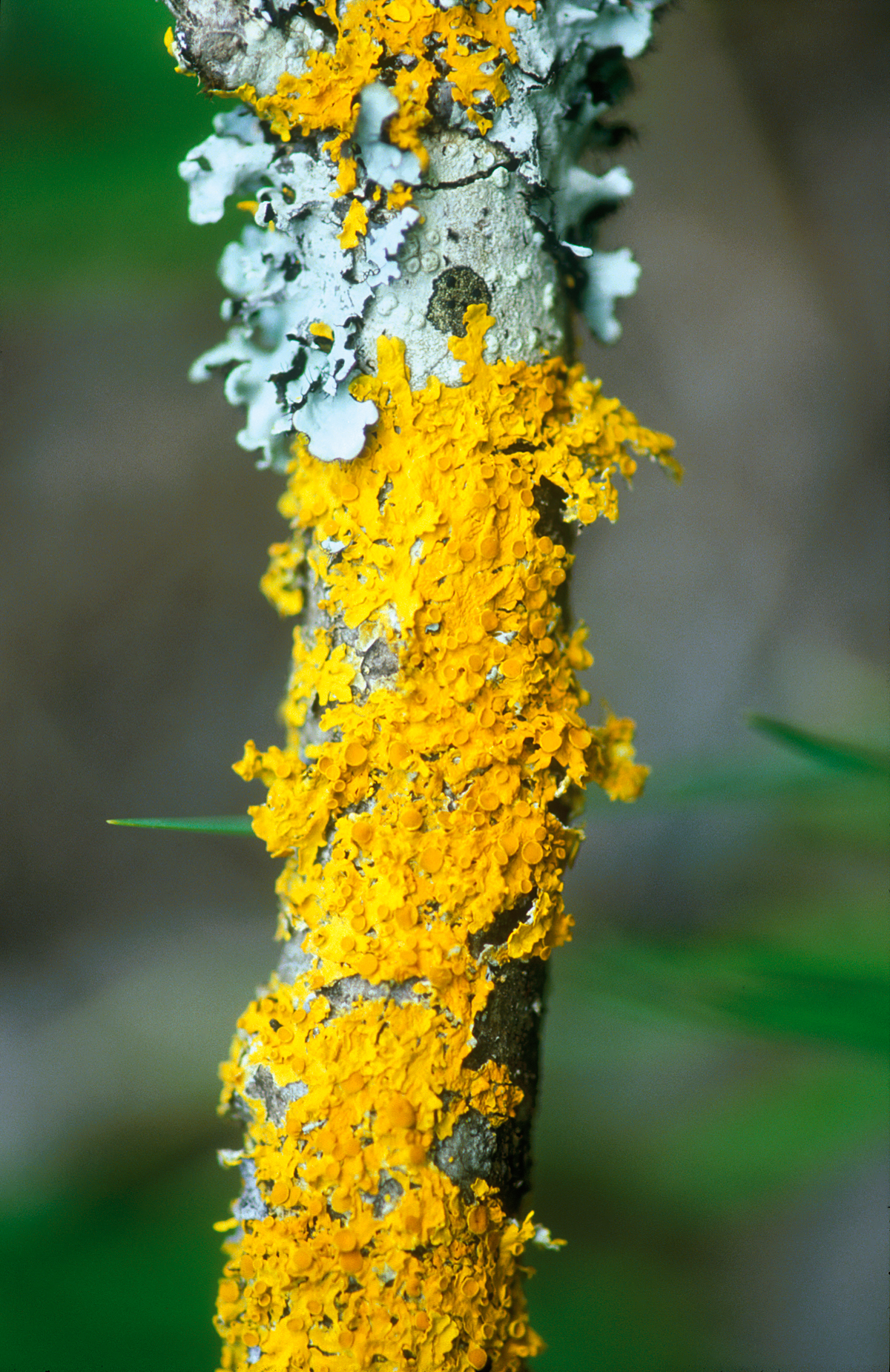Protophyta on:
[Wikipedia]
[Google]
[Amazon]
 Thallophytes (Thallophyta or Thallobionta) are a
Thallophytes (Thallophyta or Thallobionta) are a
 Thallophytes (Thallophyta or Thallobionta) are a
Thallophytes (Thallophyta or Thallobionta) are a polyphyletic
A polyphyletic group is an assemblage that includes organisms with mixed evolutionary origin but does not include their most recent common ancestor. The term is often applied to groups that share similar features known as Homoplasy, homoplasies ...
group of non-motile organism
An organism is any life, living thing that functions as an individual. Such a definition raises more problems than it solves, not least because the concept of an individual is also difficult. Many criteria, few of them widely accepted, have be ...
s traditionally described as "thalloid plants", "relatively simple plants" or " lower plants". They form a division of kingdom Plant
Plants are the eukaryotes that form the Kingdom (biology), kingdom Plantae; they are predominantly Photosynthesis, photosynthetic. This means that they obtain their energy from sunlight, using chloroplasts derived from endosymbiosis with c ...
ae that include lichen
A lichen ( , ) is a hybrid colony (biology), colony of algae or cyanobacteria living symbiotically among hypha, filaments of multiple fungus species, along with yeasts and bacteria embedded in the cortex or "skin", in a mutualism (biology), m ...
s and algae
Algae ( , ; : alga ) is an informal term for any organisms of a large and diverse group of photosynthesis, photosynthetic organisms that are not plants, and includes species from multiple distinct clades. Such organisms range from unicellular ...
and occasionally bryophytes, bacteria
Bacteria (; : bacterium) are ubiquitous, mostly free-living organisms often consisting of one Cell (biology), biological cell. They constitute a large domain (biology), domain of Prokaryote, prokaryotic microorganisms. Typically a few micr ...
and slime moulds. Thallophytes have a hidden reproductive system and hence they are also incorporated into the similar Cryptogamae category (together with ferns), as opposed to Phanerogamae. Thallophytes are defined by having undifferentiated bodies ( thalloid, pseudotissue), as opposed to cormophytes (Cormophyta) with roots and stems. Various groups of thallophytes are major contributors to marine ecosystems.
Definitions
Several different definitions of the group have been used. Thallophytes (Thallophyta or Thallobionta) are a polyphyletic group of non-mobile organisms traditionally described as "thalloid plants", "relatively simple plants" or " lower plants". Stephan Endlicher, a 19th-centuryAustria
Austria, formally the Republic of Austria, is a landlocked country in Central Europe, lying in the Eastern Alps. It is a federation of nine Federal states of Austria, states, of which the capital Vienna is the List of largest cities in Aust ...
n botanist
Botany, also called plant science, is the branch of natural science and biology studying plants, especially Plant anatomy, their anatomy, Plant taxonomy, taxonomy, and Plant ecology, ecology. A botanist or plant scientist is a scientist who s ...
, separated the vegetable kingdom into the thallophytes (algae, lichens, fungi) and the cormophytes (including bryophytes and thus being equivalent to Embryophyta in this case) in 1836. This definition of Thallophyta is approximately equivalent to Protophyta, which has always been a loosely defined group.
In the Lindley system (1830–1839), Endlicher's cormophytes were divided into the thallogens (including the bryophytes), and cormogens ("non-flowering" plants with roots), as well as the six other classes. Cormogens were a much smaller group than Endlicher's cormophytes, including just the ferns (and Equisetopsida) and the plants now known as lycopodiophytes.
Thallophyta is a division of the plant kingdom including primitive forms of plant life showing a simple plant body. Including unicellular to large algae
Algae ( , ; : alga ) is an informal term for any organisms of a large and diverse group of photosynthesis, photosynthetic organisms that are not plants, and includes species from multiple distinct clades. Such organisms range from unicellular ...
, fungi
A fungus (: fungi , , , or ; or funguses) is any member of the group of eukaryotic organisms that includes microorganisms such as yeasts and mold (fungus), molds, as well as the more familiar mushrooms. These organisms are classified as one ...
, lichen
A lichen ( , ) is a hybrid colony (biology), colony of algae or cyanobacteria living symbiotically among hypha, filaments of multiple fungus species, along with yeasts and bacteria embedded in the cortex or "skin", in a mutualism (biology), m ...
s.
The first ten phyla are referred to as thallophytes. They are simple plants without roots stems or leaves.Robbins, W.W., Weier, T.E. and Stocking, C.R. 1959. ''Botany an Introduction to Plant Science.'' Chapman & Hall, Limited, Limited
They are non-embryophyta. These plants grow mainly in water.
Subdivisions
The Thallophyta have been divided into two subdivisions: * Myxothallophyta (myxomycetes) * Euthallophyta (bacteria, fungi, lichens, algae) The term Euthallophyta was originally used by Adolf Engler.See also
* Bryophyte * PteridophyteReferences
Bibliography
* * * {{Protist structures Cryptogams Historically recognized plant taxa